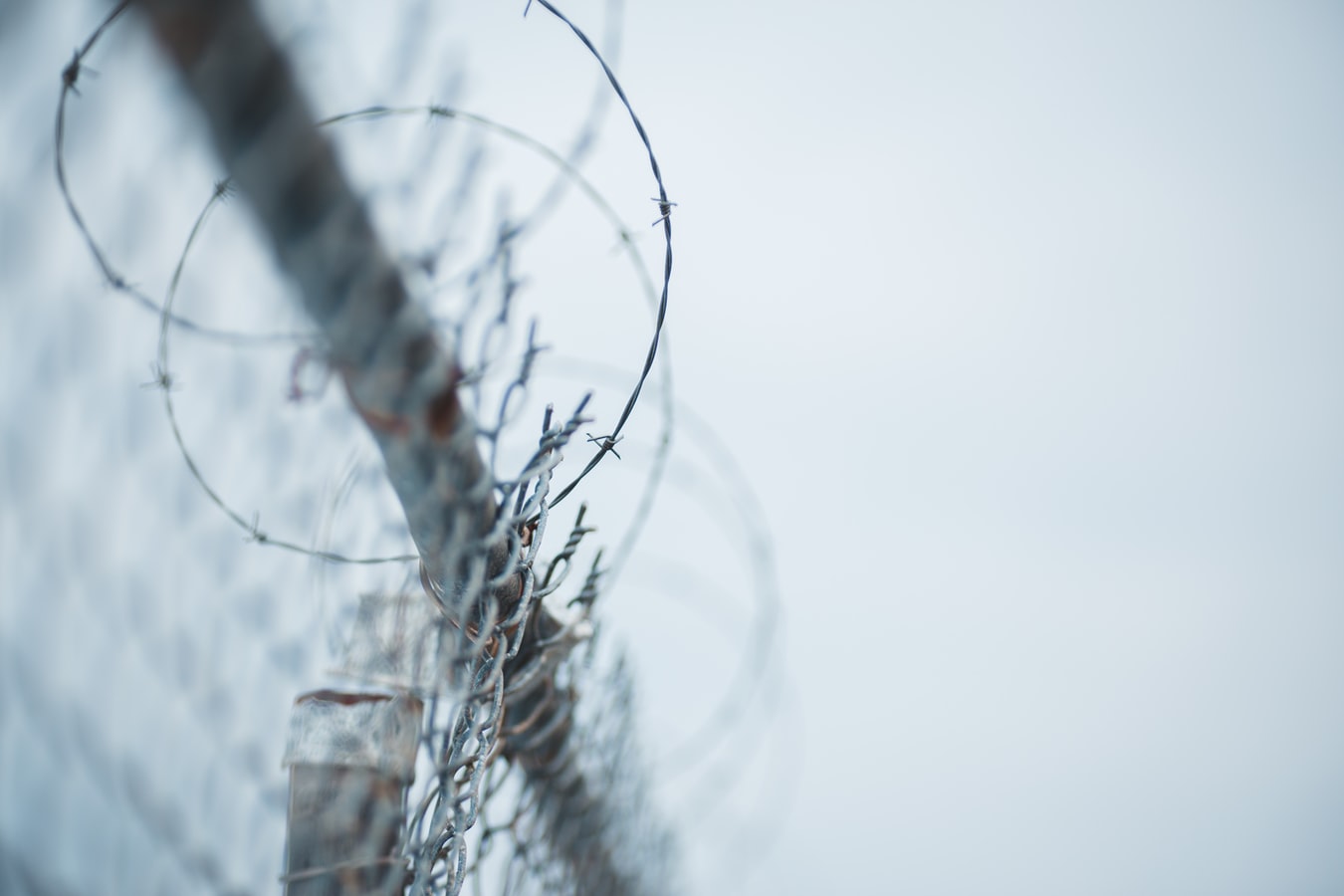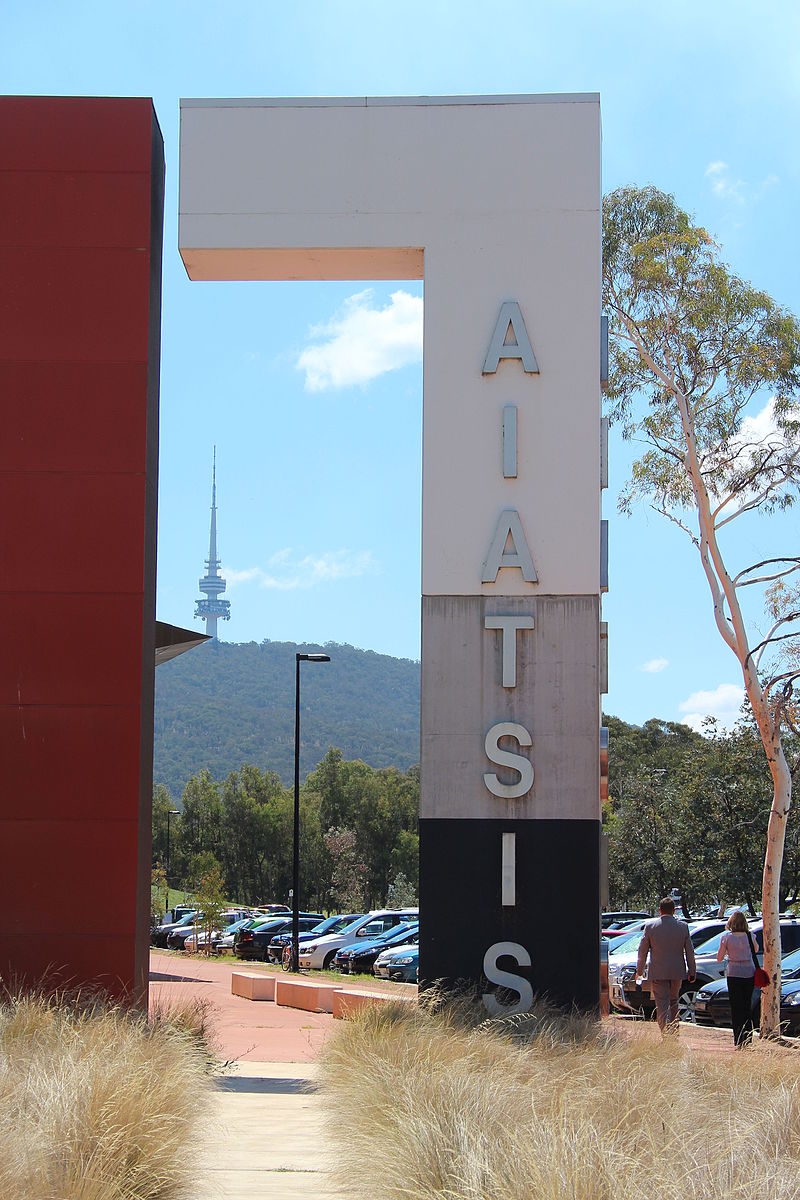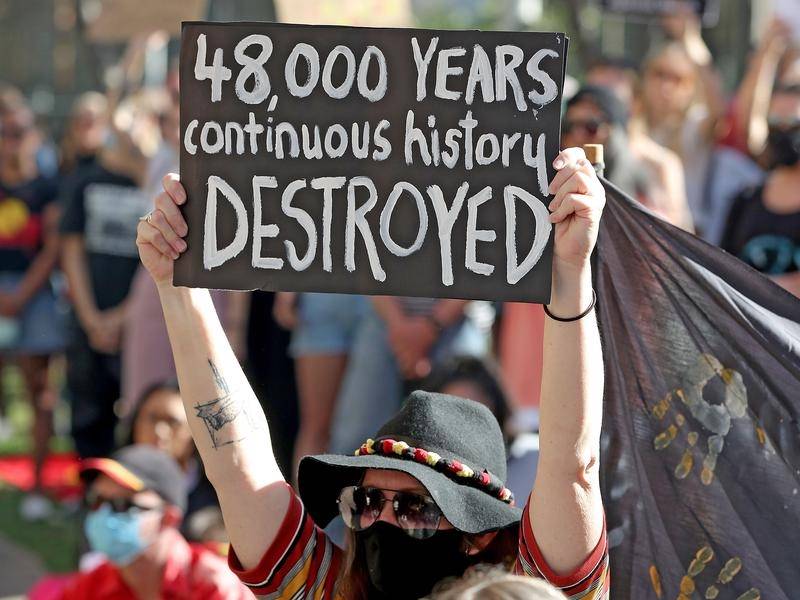The number of young people held in youth detention has fallen significantly since 2016, but Indigenous kids still make up more than half of Australia’s incarcerated children.
The findings are contained in a new report from the Australian Institute of Health and Welfare, which crunched youth detention numbers between the June quarters of 2016 and 2020.
The average number of young people in detention on an average night in the June quarter of last year was 798, down from 922 in 2016.
The vast majority of the detainees were male – 91 per cent.
Despite some improvements, more than half of the kids aged 10 to 17 held in detention in the June quarter of 2020 were Indigenous. That proportion – 52 per cent – was down from 61 per cent in the same quarter in 2016 and 57 per cent in 2019.
Only six per cent of children aged 10 to 17 in Australia are Indigenous.
The disparity is the worst in Western Australia, where the incarceration rate for Indigenous children was 40 per 10,000 in 2020. That rate was 12 per 10,000 in Victoria, the best-performing state.
It’s a commitment under the Closing the Gap agreement that Indigenous young people are not over-represented in the criminal justice system.
Governments have agreed to reduce the rate of Indigenous children in detention by 30 per cent by 2031.
Indigenous people represented just under half of the total youth detention population, which also includes some young adults, in 2020.
Forty-eight per cent were Aboriginal or Torres Strait Islander, making Indigenous youth 17 times more likely to be in detention on an average night as non-Indigenous youth.
Kids in the Northern Territory are the most likely to be incarcerated. In the June quarter of 2020, the territory had an incarceration rate of 7.9 per 10,000 children aged 10 to 17.
In South Australia, that number is just 1.8.
The period examined in the study extends into the COVID-19 pandemic in 2020. However, the researchers say more data is required before they can establish the impact of the virus on youth detention data.
Australian Associated Press





